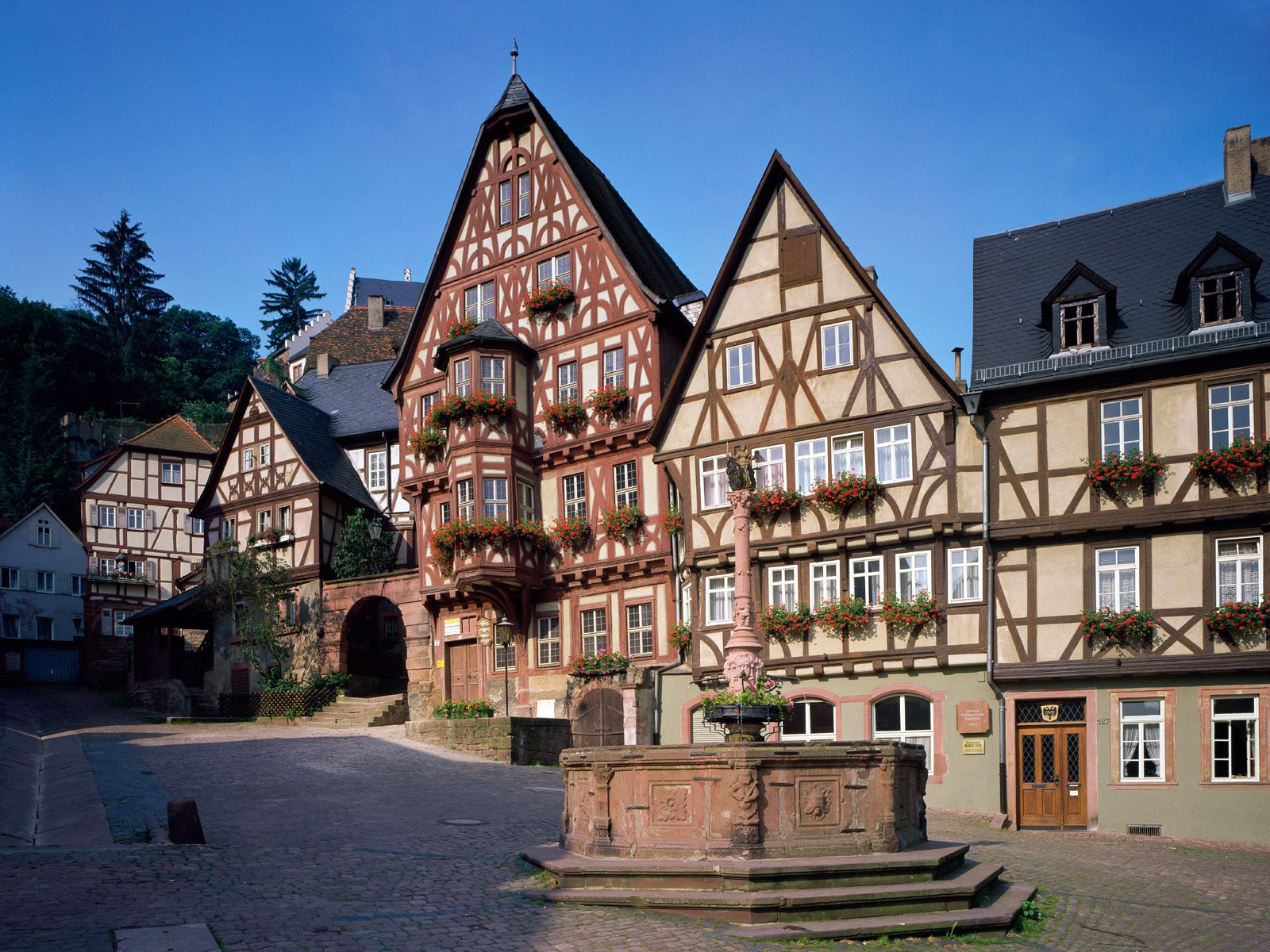Japan Travel
Japan’s Pottery Markets: Craft Shopping Attractions
Japan’s Pottery Markets: Craft Shopping Attractions
Japan’s rich artistic heritage is vividly embodied in its pottery, a craft that has been refined over millennia. From rustic, earthy yakimono (pottery) to exquisite porcelain, each piece tells a story of regional identity, historical tradition, and artistic philosophy. For travelers and art enthusiasts, Japan’s pottery markets offer far more than just shopping—they are immersive cultural experiences. These markets, often held in towns renowned for specific ceramic styles, provide a unique opportunity to engage with artisans, understand the nuances of their work, and acquire pieces that carry both aesthetic and narrative value.
The Cultural Soul of Japanese Pottery
To appreciate Japan’s pottery markets, one must first understand the deep cultural significance of ceramics in Japanese society. Pottery is not merely functional or decorative; it is intertwined with the nation’s spiritual and aesthetic values, such as wabi-sabi—the appreciation of imperfection, impermanence, and simplicity. The Japanese tea ceremony, for instance, elevated certain pottery styles to objects of spiritual contemplation, where a handmade chawan (tea bowl) is revered for its uniqueness and quiet beauty.
Japan boasts a multitude of pottery traditions, each rooted in a specific region. There are over 30 officially recognized pottery towns, known for their distinct clay, techniques, glazes, and histories. This regional diversity means that a visit to a market in Kyushu is a completely different experience from one in Honshu, offering a fascinating geographical journey through Japan’s artistic landscape.
Major Pottery Towns and Their Markets

While small pottery shops are ubiquitous, the large, periodic markets are the true highlights for collectors and curious visitors alike. These events often transform entire towns into vibrant festivals of ceramics, attracting hundreds of potters and thousands of visitors.
1. Mashiko, Tochigi Prefecture Famous for its Mashikoyaki, this town is synonymous with the folk art movement (mingei) championed by the legendary potter Shoji Hamada. Mashiko ware is characterized by its sturdy, practical nature and warm, rustic glazes. The town’s two major markets are the pinnacle of the Mashiko experience.
- Mashiko Pottery Fair (Mashiko no Tōkiichi): Held twice a year, in spring (April-May) and autumn (October-November), this is one of Japan’s largest pottery events. Hundreds of stalls line the streets leading to the famous Tōshōgū Shrine and throughout the town. The atmosphere is bustling and festive. Here, you can find everything from affordable, everyday tableware to highly sought-after pieces by master potters. The autumn fair, in particular, is timed for visitors to enjoy the beautiful fall foliage.
2. Bizen, Okayama Prefecture Bizenyaki is one of Japan’s oldest pottery styles, dating back over a thousand years. It is most famous for being unglazed, with its distinctive earthy red and brown hues and markings created entirely by the firing process in wood-burning kilns (ananagama or shōzangama). The fire’s path, the placement of ash, and the clay’s natural properties create unpredictable, one-of-a-kind patterns like goma (sesame seed sprinkles) and hidasuki (fire cord marks).
- Bizen Pottery Festival: Held twice a year, in spring and autumn, the main event takes place in the Imbe district, the heart of Bizen pottery. Unlike the sprawling Mashiko fair, the Bizen festival feels more concentrated and traditional. The focus is squarely on the profound beauty of this ancient, austere style. Meeting the potters here feels like connecting with a lineage of craftsmen that stretches back centuries.
3. Arita & Imari, Saga Prefecture If Bizen represents the rustic, earthy side of Japanese ceramics, Arita is the epitome of refinement. Known as the birthplace of Japanese porcelain in the early 17th century, Arita (and the nearby port town of Imari) produces exquisite, often brilliantly decorated porcelain called Aritayaki or Imariyaki.
- Arita Ceramic Fair (Arita Tōki Ichī): Held from April 29 to May 5 (Golden Week), this market sees the town’s main shopping street, Tōtsū Street, and the nearby Kami-Arita area transformed into a porcelain lover’s paradise. Dozens of kilns and retailers set up stalls. The style here is more elegant and varied, featuring classic blue-and-white underglaze, vibrant overglaze enamels, and intricate gilding. It’s a fantastic place to find delicate teacups, plates, and decorative items.
4. Tokoname, Aichi Prefecture Famed for its rich, iron-heavy red clay, Tokonameyaki is best known for teapots (kyūsu). The porous clay is said to enhance the flavor of tea, making these teapots highly prized by tea aficionados. The town itself is an attraction, with a charming pottery path (Yakimono Sanpomichi) lined with walls embedded with pottery shards and a giant teapot monument.
- Tokoname Pottery Festival: Typically held in August, this festival allows visitors to explore the works of local kilns. The specialty here is functional ware for the tea ceremony and daily use, with a focus on exceptional craftsmanship in creating the perfect teapot.
The Market Experience: More Than Just Shopping
Visiting these markets is a multi-sensory adventure. The air is filled with the faint, earthy smell of clay and the lively chatter of bargaining and discovery. The visual feast of countless stalls, each displaying rows of bowls, vases, cups, and plates in every imaginable color and texture, is overwhelming in the best way.
A key part of the experience is the direct interaction with the artists. Many potters personally staff their stalls, offering a rare chance to ask about their techniques, inspiration, and the story behind a particular piece. This human connection transforms a simple purchase into a meaningful acquisition of a handmade object with a known origin.
Furthermore, these markets often feature more than just ceramics. Local food stalls sell regional delicacies, making it a culinary tour as well. In Mashiko, you might enjoy soba noodles from a Mashiko-ware bowl, while in Arita, you could eat yaki curry served on a classic Arita plate.
Tips for the Discerning Shopper
- Plan Ahead: Research market dates well in advance, as they are major events and accommodation can book up quickly.
- Cash is King: While some larger stalls may accept credit cards, most transactions, especially with individual artists, are cash-based.
- Shipping: Don’t be daunted by bulky purchases. Most markets have efficient shipping services (takkyūbin) on-site, like Yamato Transport, where you can easily ship your fragile treasures directly to your hotel or overseas home.
- Look and Learn: Take your time to compare styles and prices. Don’t be afraid to pick up pieces (carefully!) to examine the weight, texture, and craftsmanship. A good piece often feels as good as it looks.
- Embrace Imperfection: Remember the spirit of wabi-sabi. A slight asymmetry or a unique glaze drip isn’t a flaw; it’s the signature of the hand that made it and the fire that shaped it.
In conclusion, Japan’s pottery markets are not merely marketplaces; they are vibrant, living museums and cultural hubs. They offer a profound glimpse into the soul of Japanese craftsmanship, where history, philosophy, and artistry converge in clay. Whether you are a serious collector or a casual admirer, a day spent wandering through these festivals, a carefully wrapped ceramic treasure in hand, is an unforgettable journey into the heart of Japanese aesthetic tradition.
相关文章
- Yamagata’s Zao Onsen: Snow Monster Hot Spring Attraction
- Japan’s Maid Cafés: Akihabara Subculture Attractions
- Okayama’s Okayama Korakuen: Historic Garden Attraction
- Japan’s Horse Racing Tracks: Equestrian Sports Attractions
- Tokyo’s Odaiba Gundam: Anime Icon Attraction
- Japan’s Doll Festivals: Hinamatsuri Attractions
- Kagoshima’s Ibusuki Onsen: Sand Bath Hot Spring Attraction
- Japan’s Table Tennis Clubs: Recreational Attractions
- Kyoto’s Nishiki Market: 400-Year-Old Food Attraction
- Japan’s Camellia Festivals: Winter Flower Attractions
发表评论
评论列表
- 这篇文章还没有收到评论,赶紧来抢沙发吧~

